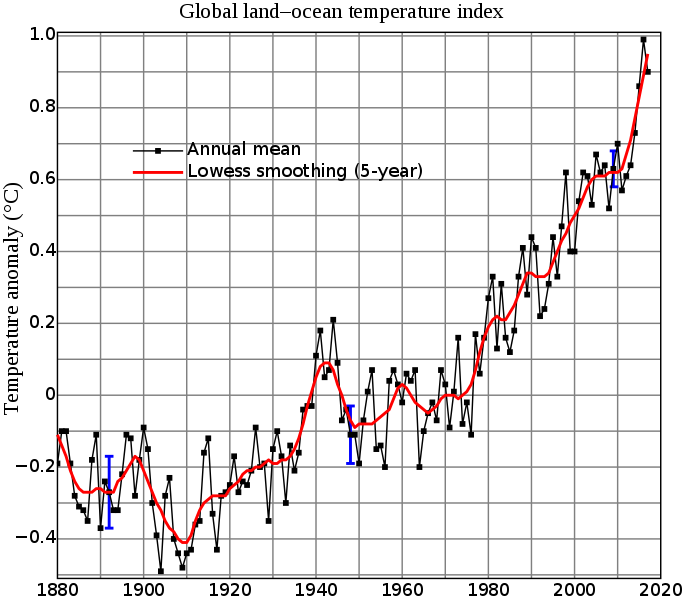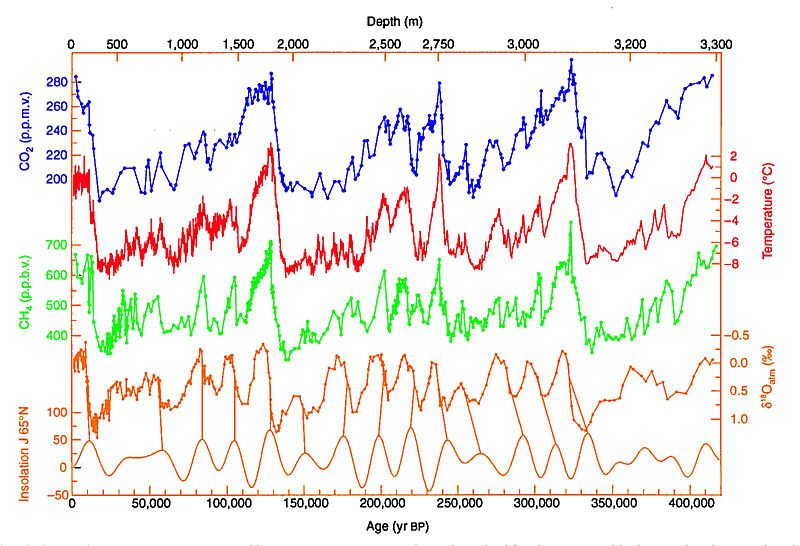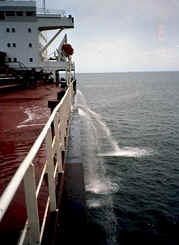There are those things we hear, see, do (collectively, experiences) that give us a whole new perspective.
Not being the sea-faring type, I hadn’t given more than a glancing thought to oceans beyond their being big, watery and deep, that is, not until I read an account in the Natural Resources Defense Council’s OnEarth magazine online written by Pulitzer Prize-winning author Elizabeth Kolbert. It’s a fascinating, thought-provoking essay on ocean acidification and the impacts on and implications for ocean and sea-creature ecosystem health. (See: the Air Quality Matters blog post: “Earth Day 2014: ‘Conserve’ is the word,” here).
After reading Kolbert’s article, this got me thinking much more (pun intended) deeply about what’s going on in and with these great bodies of water. And, learning about all of the floating and submerged garbage occupying a considerable amount of ocean space, my interest in this area has swelled, akin to a filled-to-capacity liquid-sucking sponge.
It’s not just that our oceans are being physically altered – 25 percent of the concentration of atmospheric carbon dioxide is absorbed by the seas, this in addition to their being a refuse-dumping medium – it’s also becoming a more accepted premise that, due to the effects of global mean surface temperature rise, the waters these seas contain are expanding also.
In the last 150 years give or take, the atmospheric carbon dioxide concentration has experienced unprecedented acceleration. It currently sits at around 410 parts per million of air by volume (ppmv). In analyzing both Arctic and Antarctic ice-core samples, it has been revealed that throughout history going back some 800,000 years, levels of CO2 in the atmosphere have changed, pretty much floating between a low of around 180 ppmv to no more than a high of 300 ppmv, according to information presented in “Polar Extremes,” a NOVA program presentation aired on PBS. The revealed evidence contained in the frozen ice-core samples is in the form of trapped air bubbles.
Pointed out also in the program is that every time throughout this 800,000-year time period, when there was a considerable amount of atmospheric CO2, correspondingly, there was substantive rise in average global surface temperature.

What’s also true is that periods of warming occurred much more abruptly compared to those periods where cooling took place, suggesting the concentration of not just carbon dioxide but other atmospheric greenhouse gases like methane, for example, release heat energy at a rate much more slowly compared to the heat-energy absorption rate of such. Important is this characteristic and relationship.

And, something else in “Polar Extremes” worth noting: The program’s host, paleontologist Kirk Johnson, in the show traveled to among other places an excavation site located 80 miles west of Virginia Beach, Virginia, where with the employment of a backhoe digging in the ground, unearthed, believe it or not, clam and sea shells. A tell-tale indication that at one point in history, ocean surface height was higher, 60 feet higher in fact above what is the case at present.
In my mind’s eye, the only thing that could attribute to this has to be much more ocean water was in a liquid state with less of it in both the Arctic and Antarctic regions frozen. And, of course, attributing to this is warmer atmospheric and ocean temperatures.
The question is: How much higher were both those air and water temperatures to cause this kind of sea-level rise?
Images: NASA Goddard Institute for Space Studies (middle); Wikimedia Commons (lower)
– Alan Kandel
This post was last revised on Feb. 9, 2020 @ 11:25 a.m. Pacific Standard Time.

I do believe that global warming leads to sea level rise.
However, finding ocean shells 80 miles inland may also be due to geological factor having to do with the sea floor.
You have not prove your case with this evidence.
Not sure I follow.
Are you suggesting that the soil holding the sea and clam shells is from the sea floor? If so, that’s not the impression I got from watching the “Polar Extremes” program. I’m thinking that this was ancient beach sand. In fact, in the program the host made a comment to the effect that that particular location was at one time itself beach.
It would be helpful knowing more about this particular location and its geologic history.